Dune 45 is a star. It glistens in the Namib son — bright orange — sand saturated with rust and pulverized garnets.
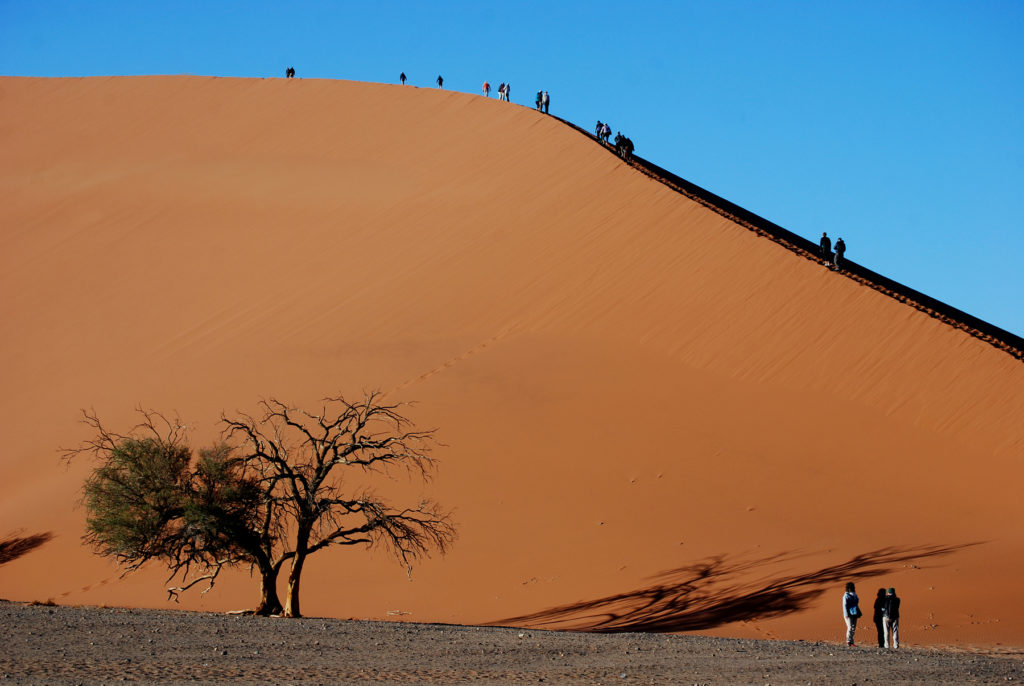
It is so well known that my camera recorded the location simply as “Dune 45.” Located at the 45th kilometer mark on the road connecting Sesreim and Sossusvlei, it’s a popular site for climbers in the morning before the sand becomes too hot.
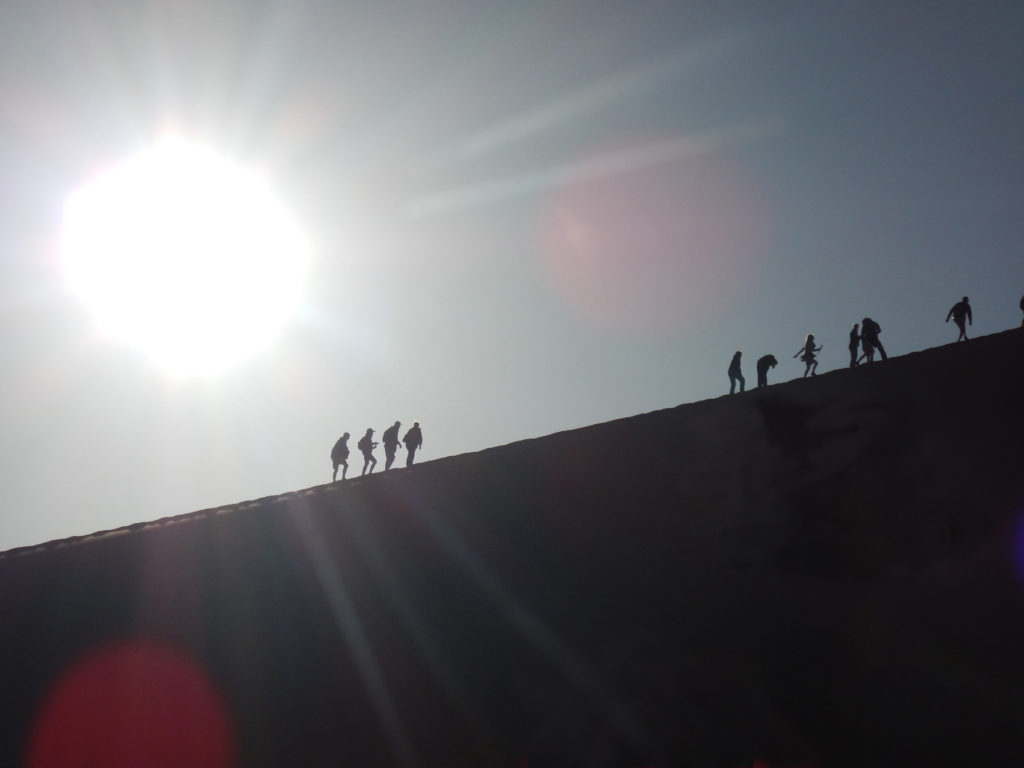
It is also a star in shape, formed by winds from three directions. It grows highest at its center — 80 or 170 meters, depending on who you ask — and from there three arms spiral out. Sand blows in from the coast, the Kalahari Desert, and the Orange River. Geologists estimate that it’s 5 million years old.
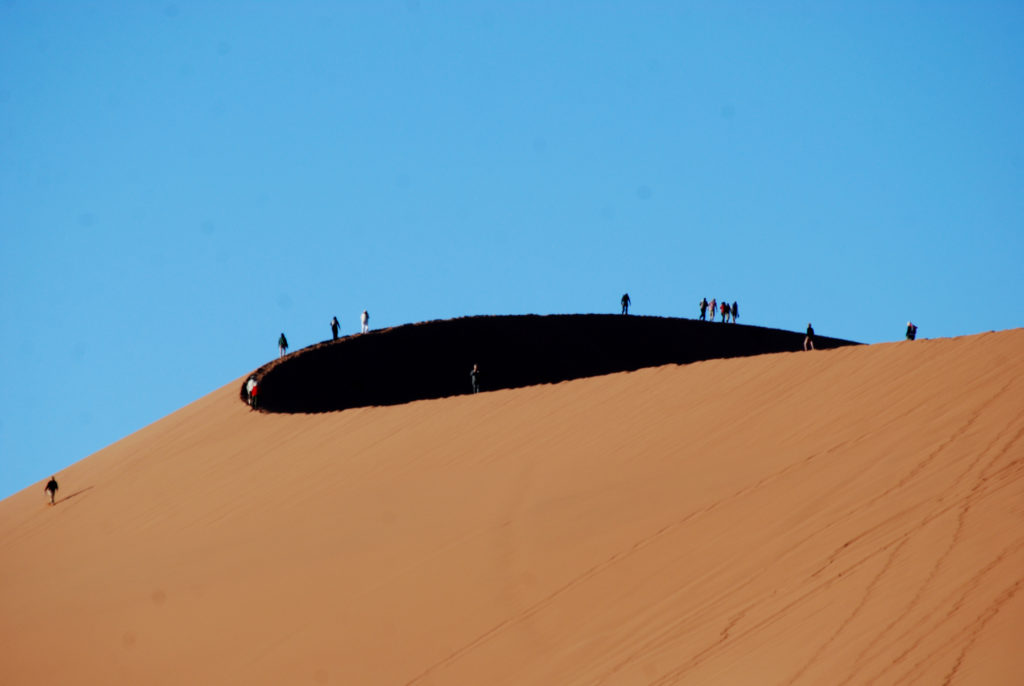
By day people leave footprints on its spine and sides, climbing to its top, smiling for selfies, and then trudging (or sandsurfing!) back down. They pour the remains of metal and precious stones out of their shoes, drink water, and rest in whatever shade they can find. Then they leave the dune to the insects, snakes, birds, and wind.
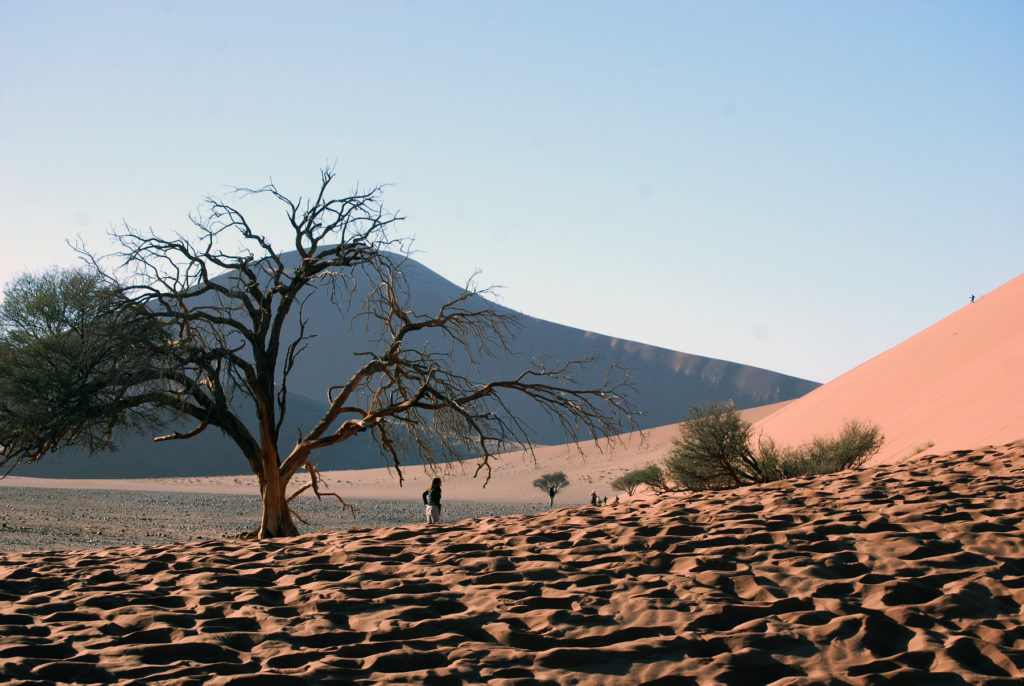
Night breezes will restore its natural beauty.
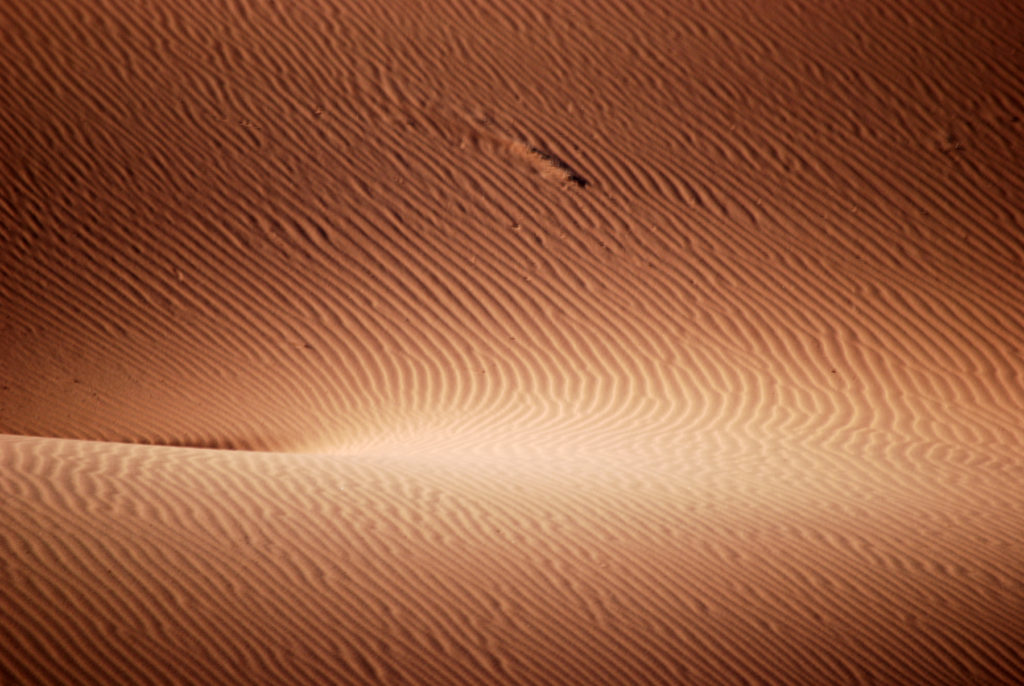
We’re here for a blip of time. We climb, smile, and drive away. It’s a big day for us. The dunes just smile and wait for tomorrow.
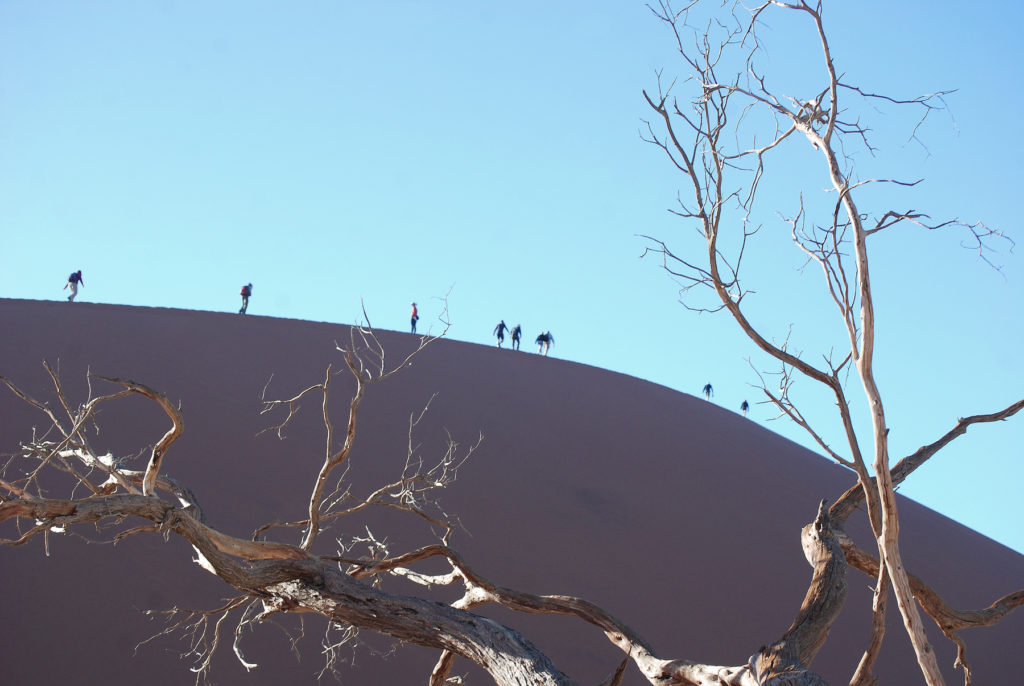
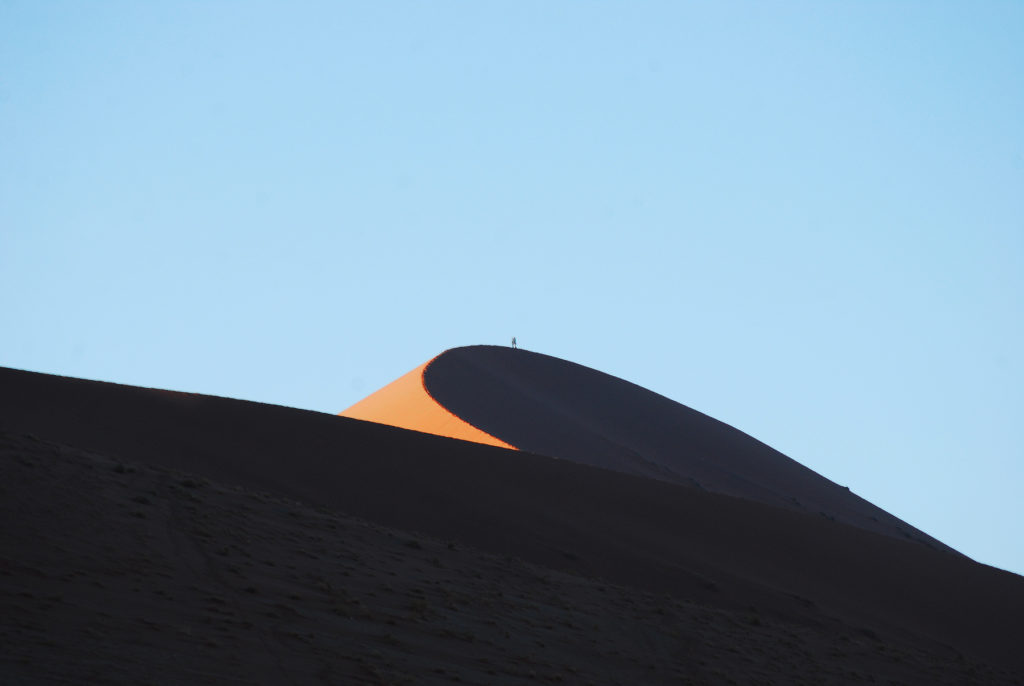
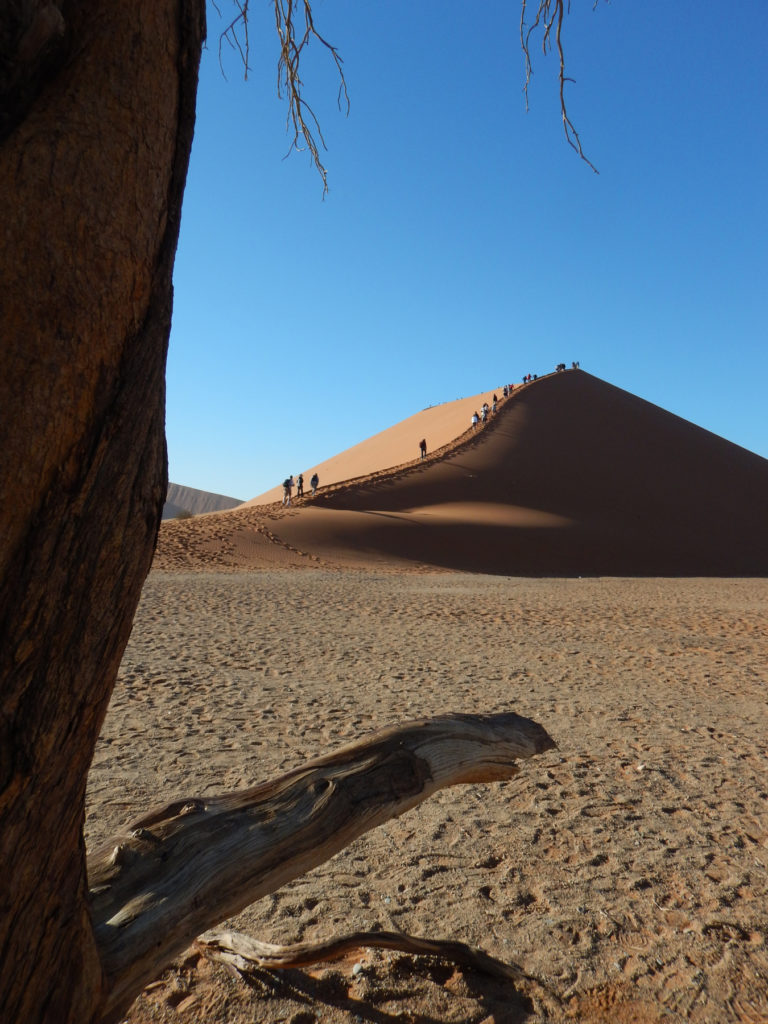
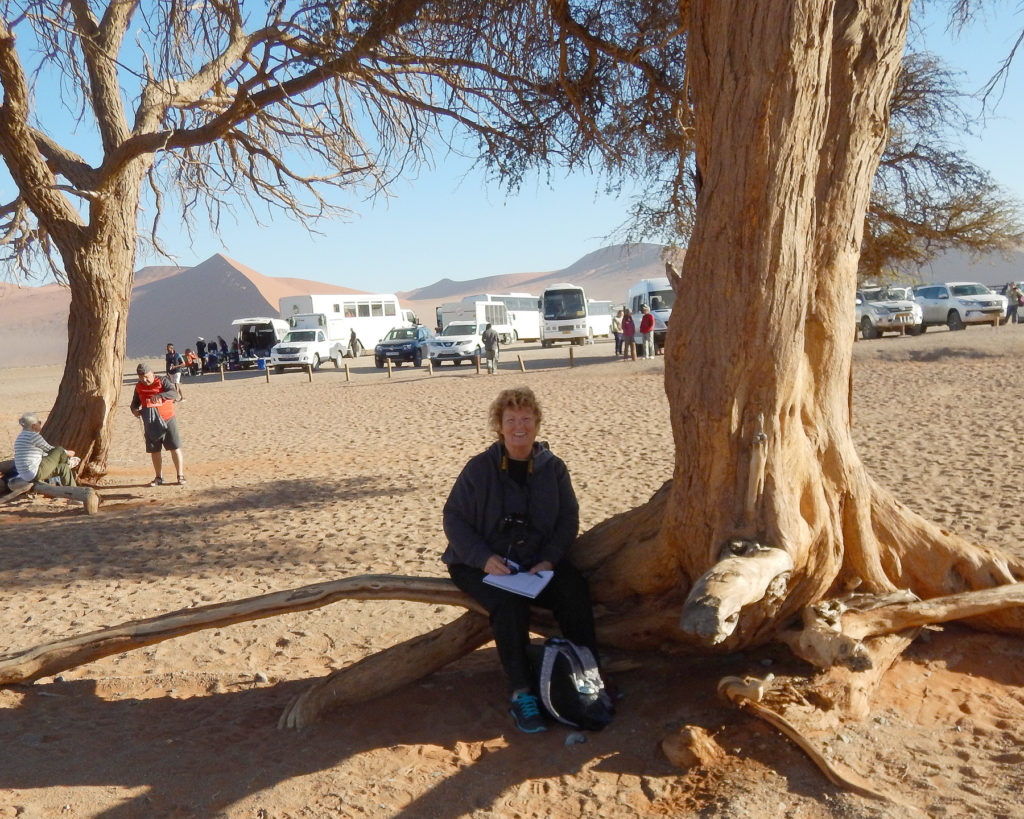
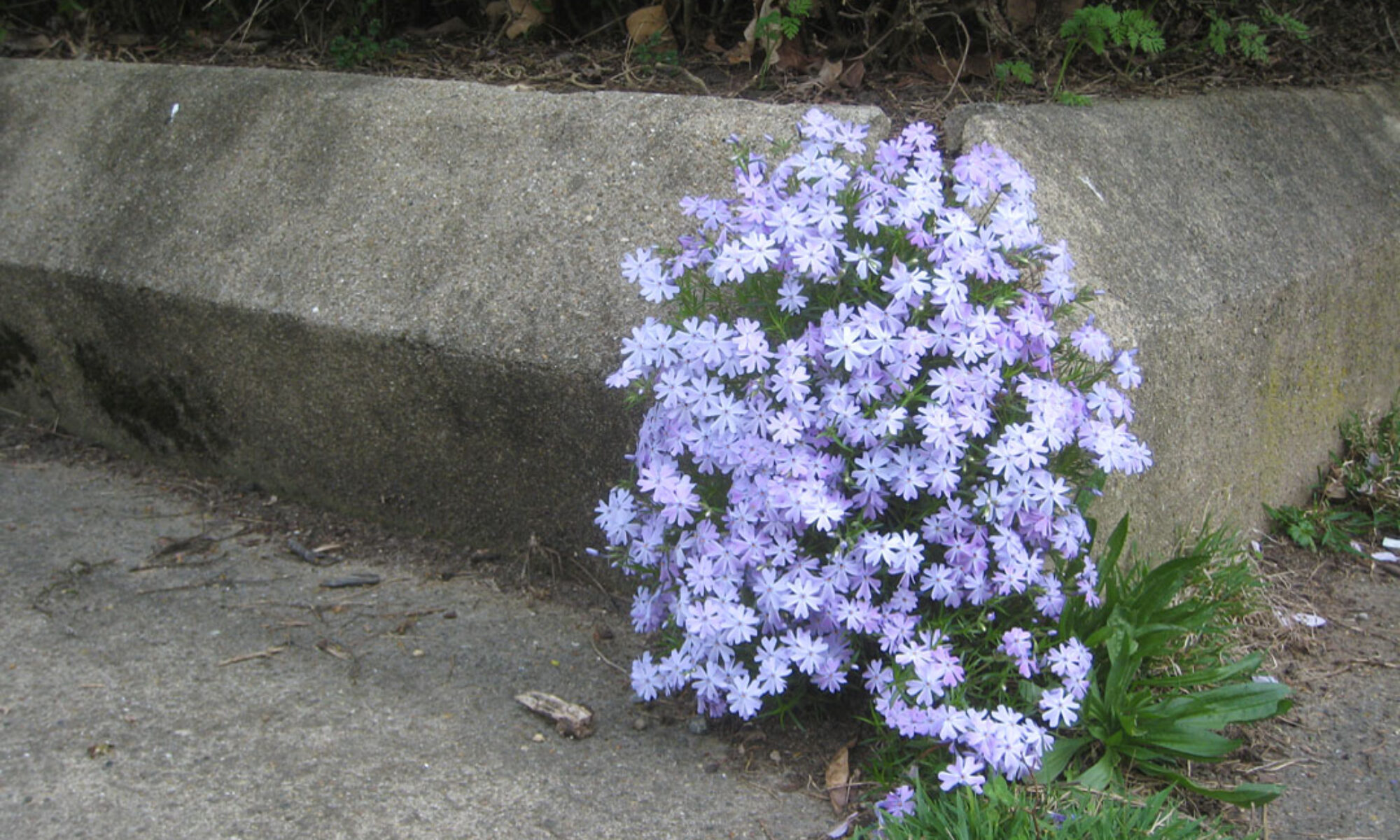
If you were at a star named Dune, where were the Fremen and the giant sandworms?